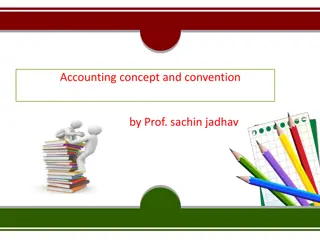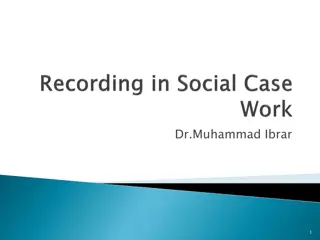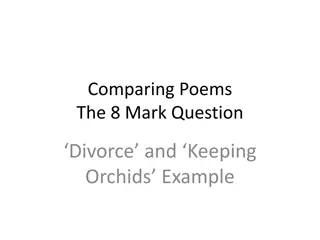
Analyzing "Keeping Orchids" Poem by Jackie Kay
Explore the poem "Keeping Orchids" by Jackie Kay which delves into the speaker's first meeting with her birth mother. Engage in group activities to analyze the imagery, language techniques, and themes of the poem. Discover the use of transferred epithet and caesura while enhancing your understanding of the poet's message.
Download Presentation

Please find below an Image/Link to download the presentation.
The content on the website is provided AS IS for your information and personal use only. It may not be sold, licensed, or shared on other websites without obtaining consent from the author. If you encounter any issues during the download, it is possible that the publisher has removed the file from their server.
You are allowed to download the files provided on this website for personal or commercial use, subject to the condition that they are used lawfully. All files are the property of their respective owners.
The content on the website is provided AS IS for your information and personal use only. It may not be sold, licensed, or shared on other websites without obtaining consent from the author.
E N D
Presentation Transcript
+ Jackie Kay Nat 5. Keeping Orchids
+Learning Intentions Work as a group in order to understand the main ideas of the poem. Analyse the important imagery in the poem. Evaluate the language of the poem.
+Keeping Orchids This poem describes the speaker s first meeting with her birth mother. As they meet at a train station we know the narrator is now an adult and she has been distanced from her mother. Due to Jackie Kay s adoption as a young child we can presume that the mother is her natural mother. After reading the poem as a class, you will be split into groups in order to more deeply understand and annotate the poem. Each table has six activities to get through during this unit. They are designed to be completed in any order. You will need both your copy of the poem and your jotter for notes.
+First Impressions Before beginning the task for your table, discuss and make notes on the following questions: What do you think the poem is about? (you know the event, but how does it go?) 1. What are your initial thoughts on the poem? 2. What language techniques stand out to you? 3. What might the poet be trying to say by using these techniques? 4. We ll go over these as a class before starting the activity.
https://www.youtube.com/watch?v=gpq moBYkQfc +Transferred Epithet Transferred Epithet: a figure of speech where an adverb or adjective (describing word) is transferred from a noun (person, place or thing) to which it belongs, to a noun with which it fits only grammatically, but not logically or practically. For example: I have had such a wonderful day! This is an example of a transferred epithet, because the 'day' was not wonderful, but the experiences that you had that day made you feel wonderful. The feeling of wonderfulness has been transferred from you to the day. Challenge: Listen to the song and make notes of examples of transferred epithet. Now look over your poem can you find examples? Underline and label it.
+Caesura A caesura is a strong pause within a line, and is often found alongside enjambment. If all the pauses of the poem were to occur at the line breaks, this could become dull; moving the pauses so they occur within the line creates interest. Write down the definition in your jotter. 1. Find and label at least 3 examples of caesura on your copy of the poem. 2. Now choose one example and explain why you think the poet broke up the line this way. 3.
+Testing your Understanding Now we ve finished your group understanding of the language and main ideas of the poem, it s time to test what you have learnt. Answer the following questions in your jotters for teacher marking. Why does the poet emphasise in lines 1 and 2 that the orchids are still alive? 1. What does the line I carried them back, like a baby in a shawl reveal about the poet s feelings? 2. Why does the poet emphasise that twice since she carried the orchids home, their glass carafe had fallen over causing her to rearrange them with troubled hands ? 3. Why does the poet repeat the image of the buds closed as secrets in stanza 5? 4. How does the poet develop the image of her mother s troubled hands in stanzas 10 and 11? 5. A door opens and closes. Time is outside waiting . What two meanings could these lines have? 6. Using boiling water and cutting the stems with a sharp knife are somewhat drastic but effective remedies for wilting flowers. Why is it so important for the poet to try to make the orchids last? 7.






















